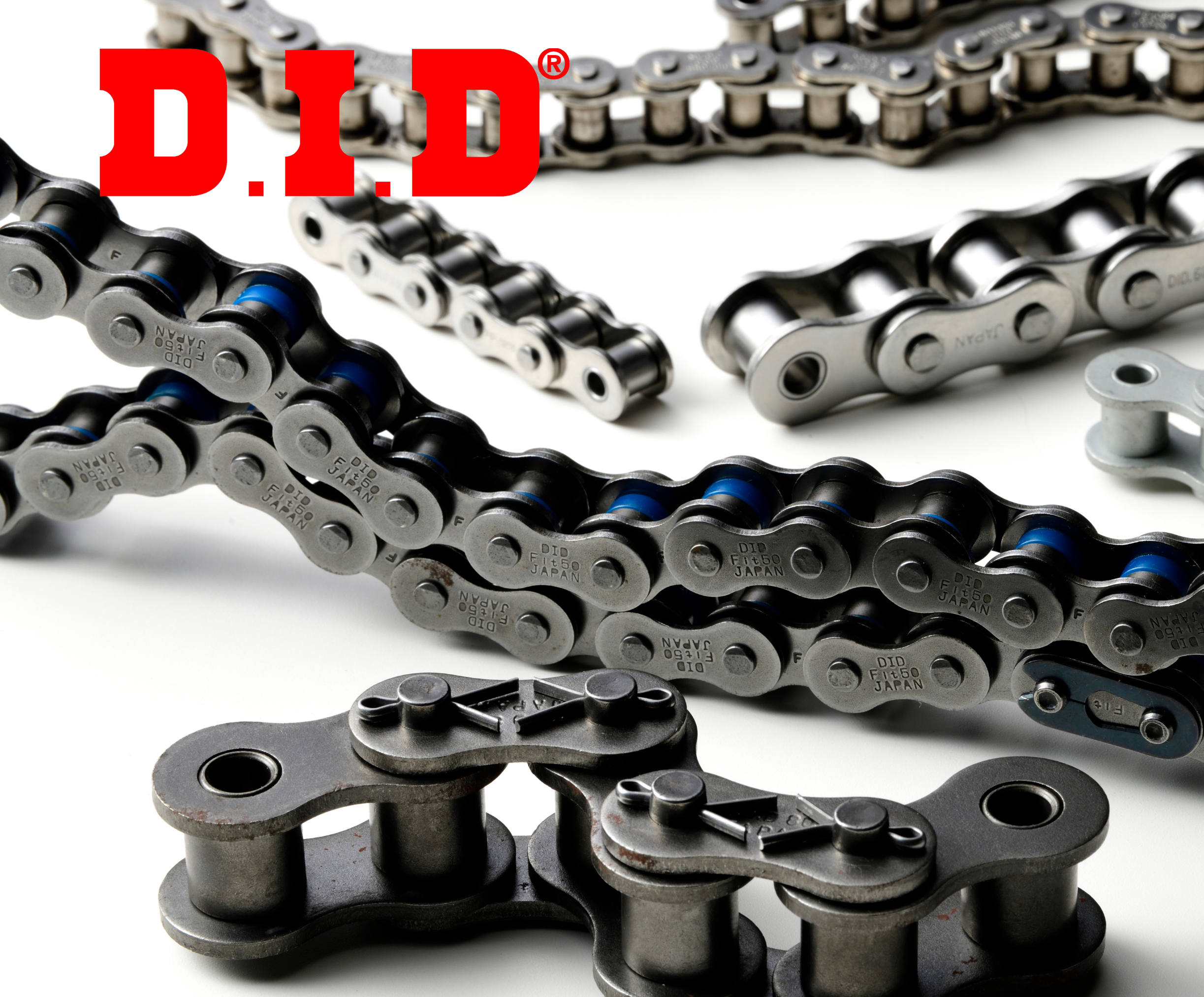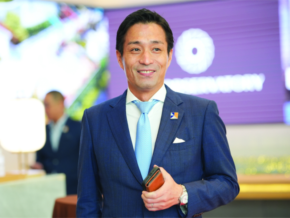Business Talk with Ruel Amparo, CEO and Founder of Cropital
Ruel Amparo started Cropital in November 2015 at the age of 22. He earned his bachelor’s degree in Industrial Engineering from the University of the Philippines-Diliman and has been immersed in different socio-civic activities.
Cropital is a globally recognized organization whose primary purpose is to help local farmers gain access to financing by connecting them with investors from all over the world.

What does your role in Cropital entail?
My role in Cropital as CEO is similar to CEOs of other companies. The thing that’s different about being a CEO for Cropital is the problem we are trying to solve. We’re trying to solve a problem that has been around for a long time. If you ask farmers, capital is still one of their biggest problems. I believe that, as CEO, understanding the problem is important. It’s also rooted in genuinely wanting to help farmers and a willingness to immerse yourself for you to understand how you can address the needs of the farmers and solve that problem.
What separates you from other companies?
Financing itself can be provided by different institutions. What separates us from these institutions is our mission of linking financing to productivity. One thing that we acknowledge in Cropital is that money or capital, is a strong influence in changing behaviors.
Looking at the profiles of the farmers we have today, most of them are old and have been doing the same thing since time immemorial. It’s hard for them to follow new methods and make use of new technology to improve their productivity. For us, we believe the gateway is through financing.
We focus on technology to gather different data on the ground and analyze what will and will not work with our farmers. We have been monitoring farmers who have been with us since the beginning from one harvest season to the next. We are critical with the impact that we are able to measure, linking financing with the productivity of the farmer.
What prompted you to put up Cropital?
At 22, I didn’t know much about everything. It was the excitement that I had to apply different technologies and tools to directly impact the lives of different farmers that became my trigger. As I went along, I started to understand more of their situation. If I knew the things I knew today back when I was 22, I would’ve thought it was crazy to start Cropital.
To be fair, a lot of good things and resources are available out there. What we’re doing is just linking up these different solutions that are available and making them more accessible to farmers. We are positive that we will attain sustainability by doing so.
How does Cropital work?
We deal directly with farmers. The farmer is the one responsible for getting the funds to cultivate their land. A lot of our farmers do not own their land. The arrangement is that they pay for rent with their harvest. It could be as low as seven or as high as 40 cavans of rice. Landlords often ask them for a certain amount regardless of yield. If they do not hit the mark, it usually goes towards the next harvest.
Our farmers usually hit at least 100 cavans every harvest, and a majority of that still goes to them, but it’s still not enough to give them a better quality of life.
Which parts of the Philippines does Cropital support?
As far as regions are concerned, we’re present in most of Central Luzon (Region 3) and Region 4, as well as Leyte, and Bohol.
What are some of the biggest challenges you’ve had to face with Cropital? How have you addressed these challenges?
Sustainability is one thing that’s been critical to us. A lot of people know and understand that funding farmers is a high-risk undertaking. It’s something that we have been looking into and working towards understanding how and why that is the case.
One thing that helped us ramp up our repayment rates is focusing on rice value chains. We’ve closed the loop in the sense that in a certain program, we already have a buyer under contract to purchase the farmer’s products. We also have a supplier in place to give farmers the data they need. In most cases, we have a technology partner who guides them to use these data in the right way.
Essentially, the money flows through our partners, who then pay us directly. In some ways, it’s helping us secure and maintain our high repayment rate. At the end of the day, we are still developing ways to determine farmers who are ready for this kind of intervention because not everyone seems to be prepared for it.
How do you determine farmers who are ready for Cropital’s intervention?
We use a scoring model we developed ourselves. We also have farmer-leaders who assess their members before they can join the program. We combine the assessment with our scoring model to understand both the likelihood of the farmer being able to pay for a certain amount as well as the lowest amount they can pay, i.e. how much can we risk with this particular farmer.
What are some of the biggest achievements that Cropital has since its inception?
We have obtained Php 30 million in funds that have since reached farmers across the country. We also have a very high retention rate (roughly 90%) as far as our farmers are concerned. One they start with us, they usually stick with us. Our lenders have grown to 35,000, all of which are registered in our platform and are interested in funding our farmers.
What plans do you have for Cropital for the foreseeable future?
The way we see it, we are really focused on dealing with and building the value chains; in essence, letting farmers have access to these programs anywhere they are. If you want to engage in a contact-growing program, a secured buyer in place, a technology that is available for you to follow, and a financing program that is ready for you, then we want to be able to provide that access.
We also want to grow it across the country and go from one crop to another. We’ll see if we are ready to go to other locations where there are small farmers.
How would you describe the way you manage Cropital?
The way I manage people is the way I want to be managed. I always start with sharing the vision and our end goal, as well as how each part would contribute to the big picture. I would eventually go through their tasks and responsibilities and try to specify the impact of what they do to our goal.
I believe that it’s my responsibility to make sure they are satisfied with the working conditions and how they are treated. I also like to think that it’s my responsibility to improve how Cropital works and how the employees’ role can evolve in the future.
One of them is Mohammed Yunus, a Bangladeshi social entrepreneur, banker, economist, and civil society leader, and the man who introduced the world to micro-financing. What we are doing with Cropital is essentially the same as his idea.
Who are some of the people you look up to?
Yunus was keen on his vision and his understanding that people in poverty are not as risky as they seem. He understands that they are worth investing in. He stuck with his vision regardless of the problems and criticisms that’s has been thrown his way. Today, most of the micro-financing institutions that followed his model have attained a 99% repayment rate. His genuine passion on solving the problems of small business owners has made me believe I can do what he has done.
What is a typical day of work for you?
I’m usually in the office twice a week. The rest of the week, I’m out on meetings with different people or visiting our sites. A bulk of a typical day for me consists of talking to my team. We may work remotely, but I have regularly-scheduled meetings where we meet face-to-face, either as a whole, in groups, or as individuals. The rest of my time is spent talking to external parties: scaling the business, meeting new partners, and bringing in those who can improve our operations.
What’s the one thing that motivates you to do well in your role as the CEO?
It’s really about the impact we can have. Whenever I’m faced with a problem I can’t seem to solve, I always think of the farmers who benefit from what we are doing. A simple “thank you” from them really motivates us to continue our work. It makes us feel that the work we do needs to be done and it’s something that I want to make sure farmers will have access to.
This first appeared in Philippine Primer Magazine’s January 2019 issue.













